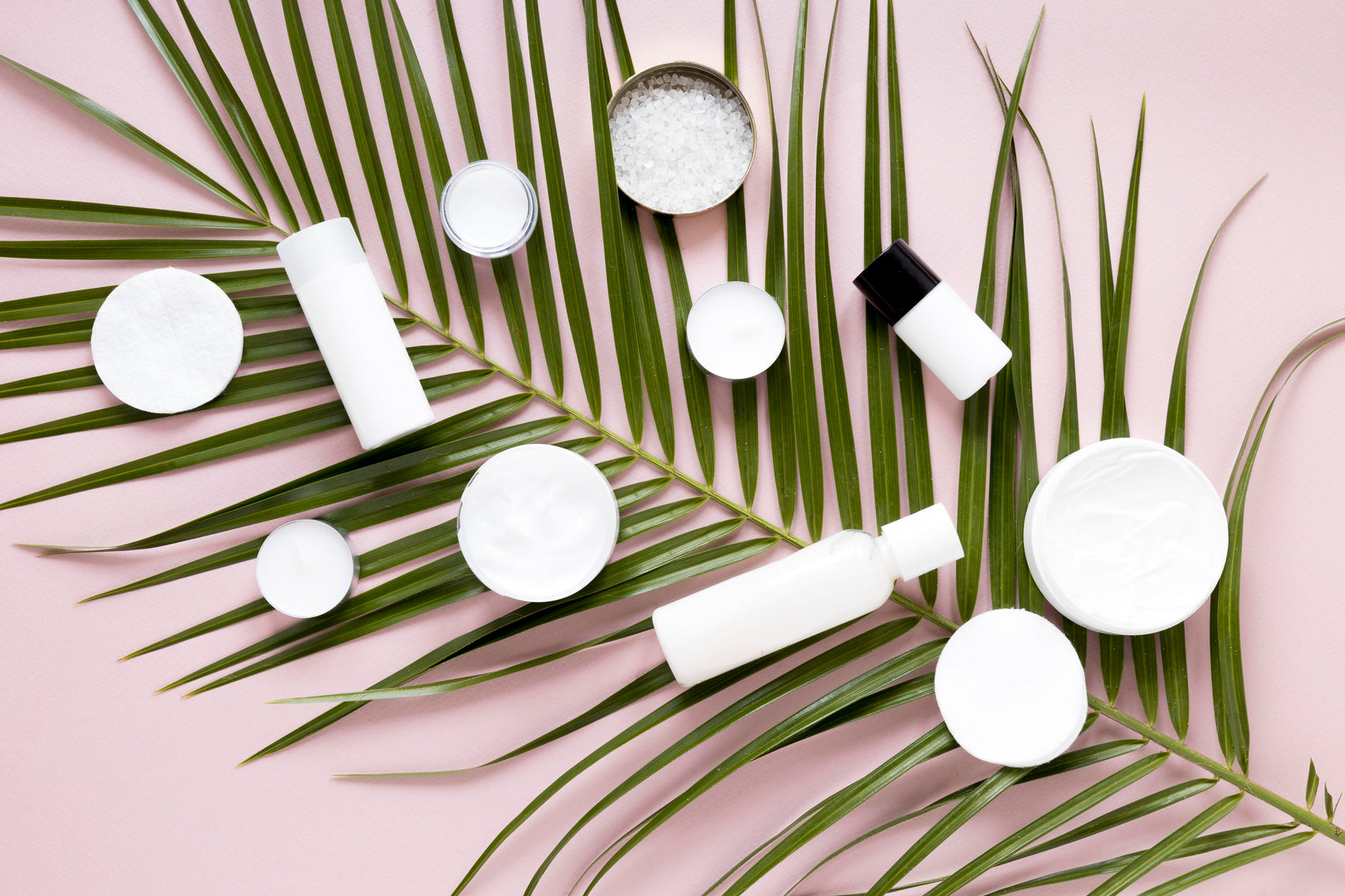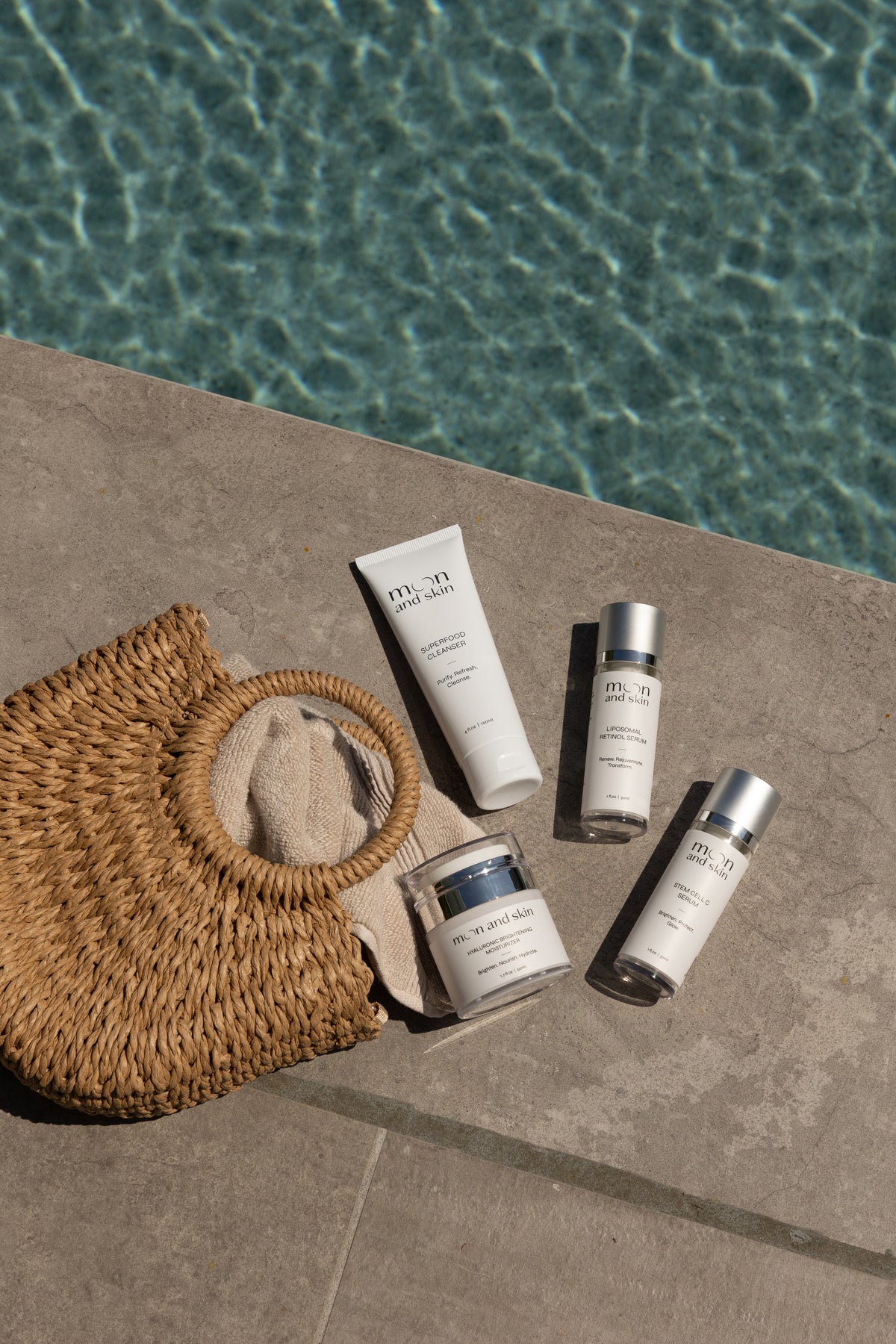Table of Contents
Introduction
Retinol is one of the most celebrated ingredients in the skincare world, known for its remarkable ability to improve skin texture, reduce fine lines, and promote a youthful glow. Yet, for those of us with dry skin, the thought of incorporating retinol can induce anxiety. After all, we've likely experienced the discomfort of dryness and irritation from various products, leading us to wonder: can dry skin use retinol without facing these common pitfalls?
In this post, we aim to demystify the relationship between retinol and dry skin. We’ll delve into how retinol works, why it can cause dryness, and most importantly, how we can safely incorporate it into our routines to reap its benefits while minimizing discomfort. As we navigate this topic, we’ll also highlight our favorite product, the Liposomal Retinol Serum, designed specifically for those with sensitive skin, making it an excellent choice for those of us with dry skin.
Let's explore together how we can achieve that coveted radiant complexion without sacrificing comfort.
What is Retinol?
Retinol, a derivative of Vitamin A, is a powerhouse ingredient in skincare. It works primarily by increasing cell turnover, which means it helps to shed dead skin cells and promote the growth of new, healthier skin. This process can lead to a multitude of benefits:
- Improved Texture: By sloughing off dead skin cells, retinol can make skin feel smoother and appear more even-toned.
- Reduced Fine Lines and Wrinkles: Retinol stimulates collagen production, which can help to reduce signs of aging.
- Minimized Pores: By preventing clogged pores, retinol can help reduce the appearance of large pores.
However, its potency comes with a caveat—retinol can also disrupt the skin barrier, especially in those with dry or sensitive skin types, leading to irritation and dryness.
Why Does Retinol Cause Dryness?
The drying effects of retinol can be attributed to several factors:
- Increased Skin Cell Turnover: While this is a benefit, it can also lead to flakiness and dryness as the outer layer of skin is rapidly replaced.
- Decreased Oil Production: Retinol can inhibit the production of sebum (the skin's natural oil), which can exacerbate dryness.
- Sensitivity to Other Products: When used alongside other active ingredients (like exfoliants), the chance of dryness and irritation can increase.
For those of us with dry skin, the potential for dryness and irritation may make retinol seem intimidating. However, it does not mean we should entirely avoid it. Instead, with a thoughtful approach, we can incorporate it effectively into our routine.
Benefits of Using Retinol for Dry Skin
Despite the risks of dryness, using retinol can still be advantageous for those with dry skin. Here’s why:
- Enhanced Hydration: When used correctly, retinol can help improve overall skin texture, which can make hydration more effective.
- Improved Radiance: Regular use can lead to a brighter complexion, which is often a concern for dry skin types.
- Long-term Anti-aging Benefits: The benefits of retinol can outweigh the initial discomfort, leading to long-term improvements in skin appearance and health.
How to Use Retinol Safely with Dry Skin
To help us incorporate retinol into our skincare routines without the unwanted dryness, we’ve compiled some essential tips:
1. Build Up Your Tolerance Gradually
Start by introducing retinol into your routine slowly. We recommend:
- Week 1: Use retinol once a week.
- Week 2: Increase to twice a week.
- Week 3: Use every other night.
- Week 4: If your skin tolerates it, use it nightly.
This gradual approach allows your skin to adapt to the ingredient without overwhelming it.
2. Opt for a Gentle Formulation
Choosing the right retinol product is crucial. Our Liposomal Retinol Serum is formulated with advanced technology to deliver retinol effectively while minimizing irritation.
3. Pair with a Rich Moisturizer
Always follow retinol application with a nourishing moisturizer. This step is vital for maintaining hydration and comfort. Look for ingredients like hyaluronic acid, glycerin, and ceramides that can help lock in moisture.
4. Avoid Harsh Ingredients
When using retinol, it’s best to avoid combining it with other potent actives such as alpha hydroxy acids (AHAs) or beta hydroxy acids (BHAs). This can help reduce the risk of irritation.
5. Use the Sandwich Method
Consider applying a layer of moisturizer before and after your retinol application. This “sandwich” method can help buffer the effects of retinol and lessen dryness.
6. Reduce Frequency if Needed
If you experience excessive dryness or irritation, reduce the frequency of application. It’s better to use retinol less often than to endure uncomfortable side effects.
7. Always Wear Sunscreen
Retinol can increase skin sensitivity to the sun. Always apply a broad-spectrum sunscreen in the morning to protect your skin and maintain your results.
8. Stay Consistent
Patience is key. It can take several weeks to see results from retinol, so consistency is crucial.
Alternatives to Retinol for Dry Skin
If retinol proves too irritating, there are alternatives that can still provide similar benefits:
- Bakuchiol: A plant-based retinol alternative that offers anti-aging benefits without the drying effects of traditional retinol.
- Retinal: A more potent derivative of retinol that is gentler on the skin, making it suitable for sensitive and dry skin types.
Conclusion
In conclusion, the answer to the question can dry skin use retinol? is a resounding yes, with the right approach. By understanding how retinol works and how to mitigate its potential drying effects, we can enjoy its numerous benefits without compromising our skin's comfort.
For those of us with dry skin looking to incorporate retinol into our routine, we highly recommend our Liposomal Retinol Serum for a gentle yet effective experience.
Additionally, if you’re eager to build a complete skincare routine that addresses your unique needs, consider exploring our Bundle & Save collection, which offers a curated selection of our best products at a great value.
FAQ
1. How often should I use retinol if I have dry skin?
Start with once a week and gradually increase usage as your skin becomes accustomed to it.
2. Can I use retinol during the day?
It’s best to use retinol at night due to its sensitivity to light.
3. What should I do if I experience irritation while using retinol?
If irritation occurs, reduce the frequency of application and ensure you’re following up with a good moisturizer. If problems persist, consult a dermatologist.
4. Are there any foods that can help with dry skin?
Yes, foods rich in omega-3 fatty acids, like fish and flaxseeds, can help improve skin hydration.
5. Can I use retinol with other skincare products?
Yes, but be cautious with other active ingredients. It’s best to avoid combining retinol with strong exfoliants or acids.
With these guidelines, we can embrace retinol as part of our skincare journey, allowing us to celebrate and nurture our unique skin in every phase of life.







